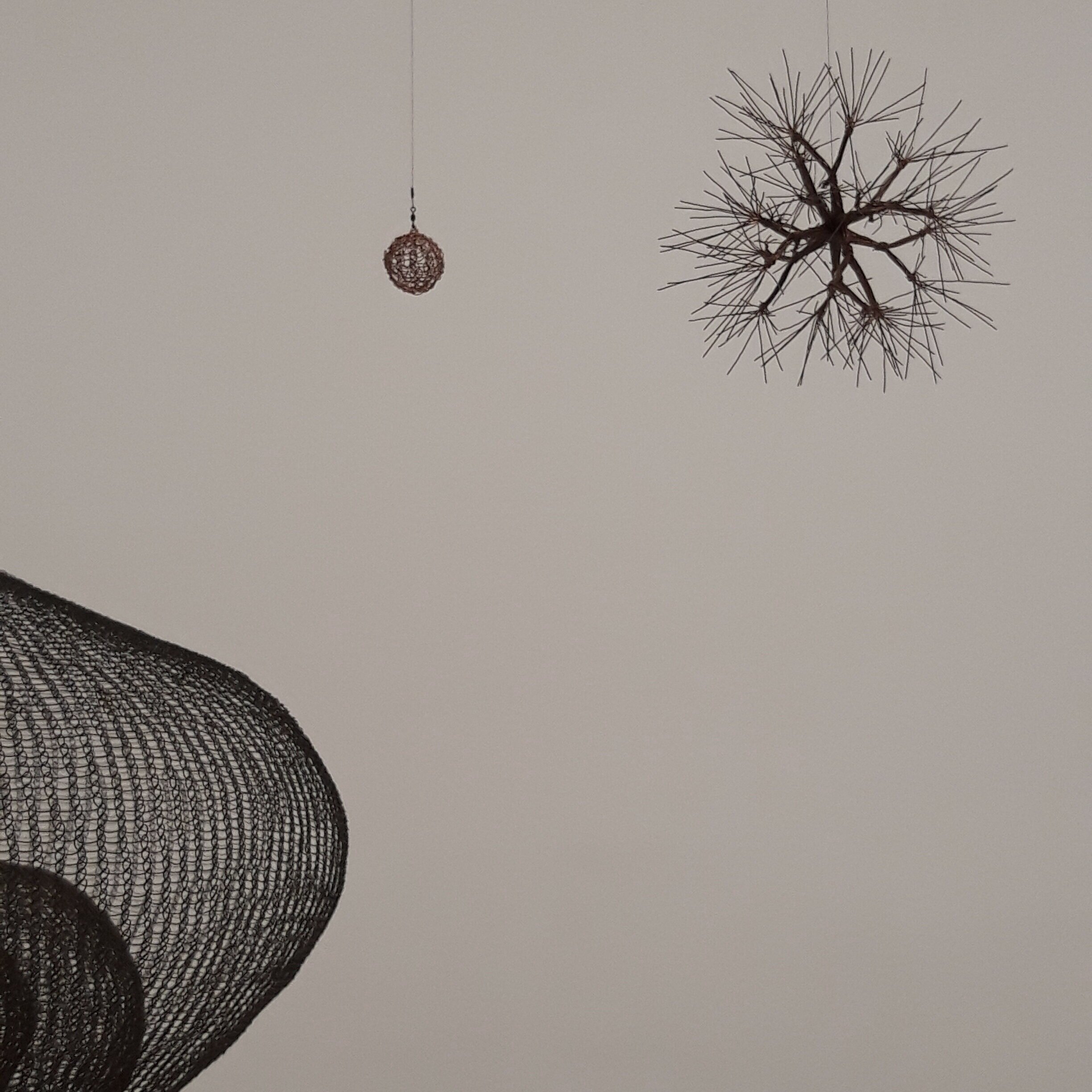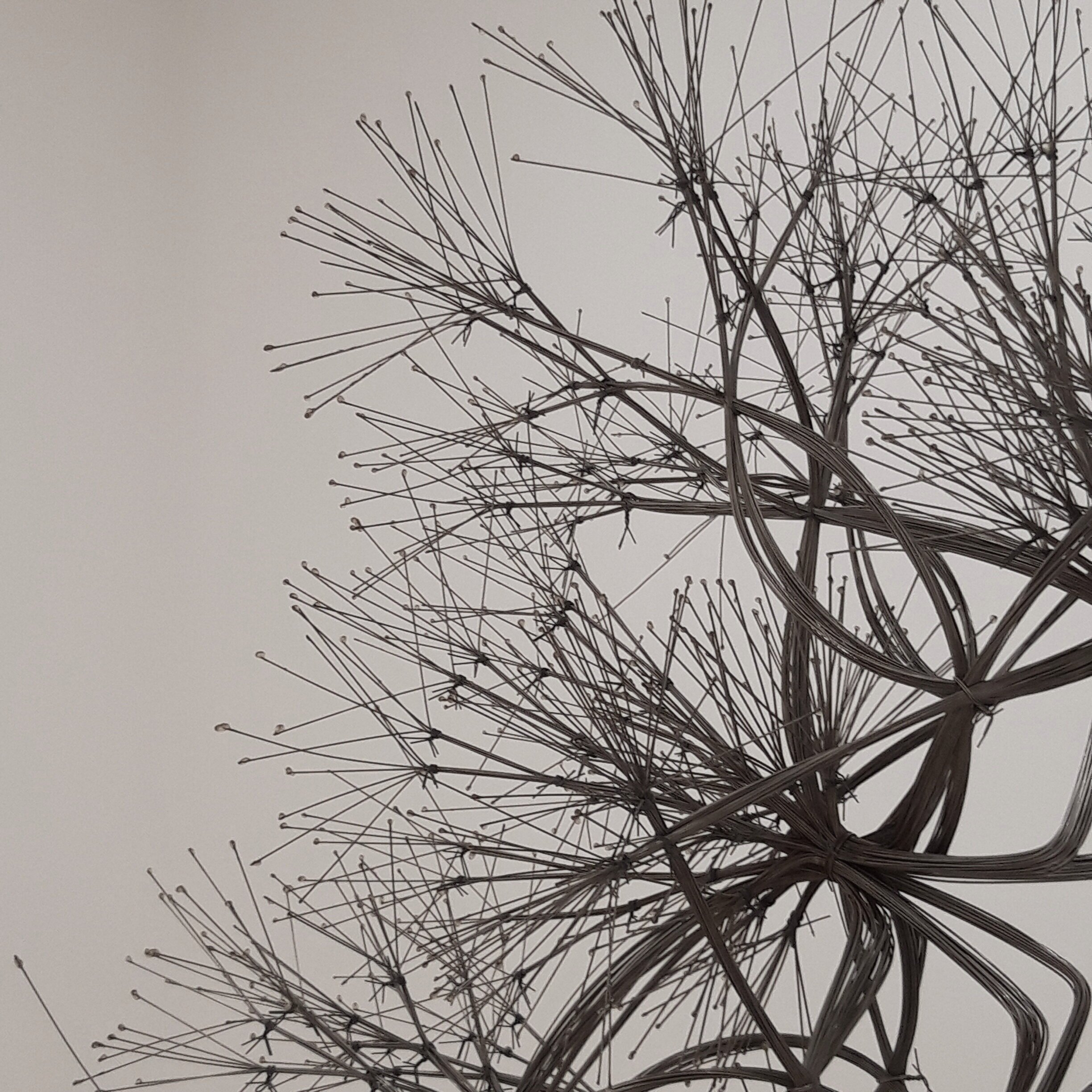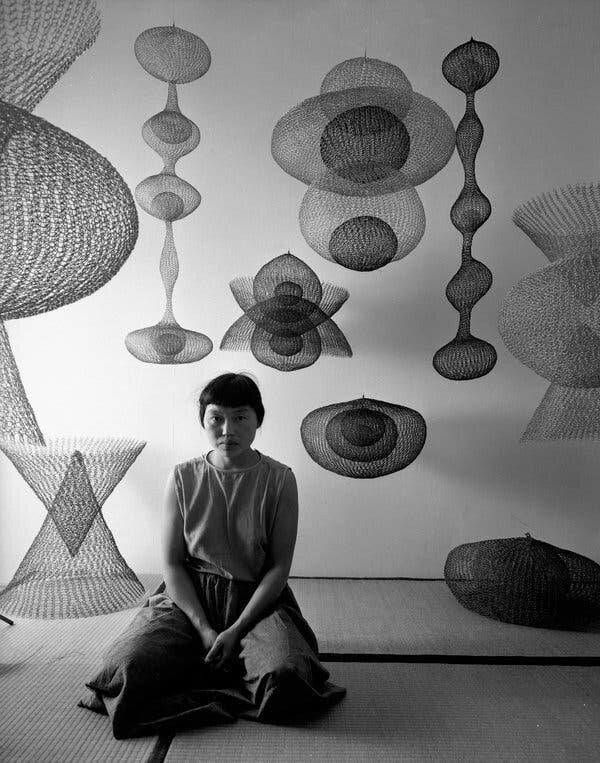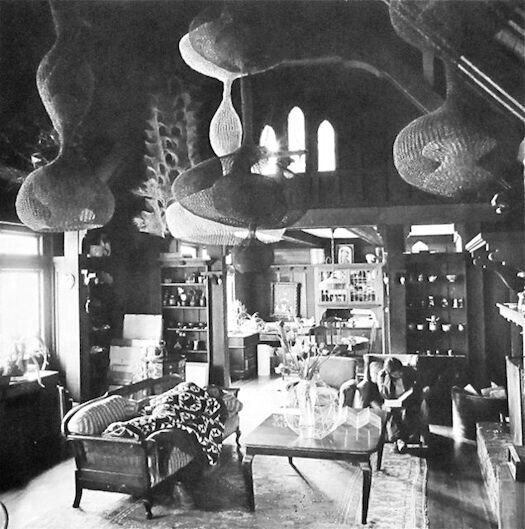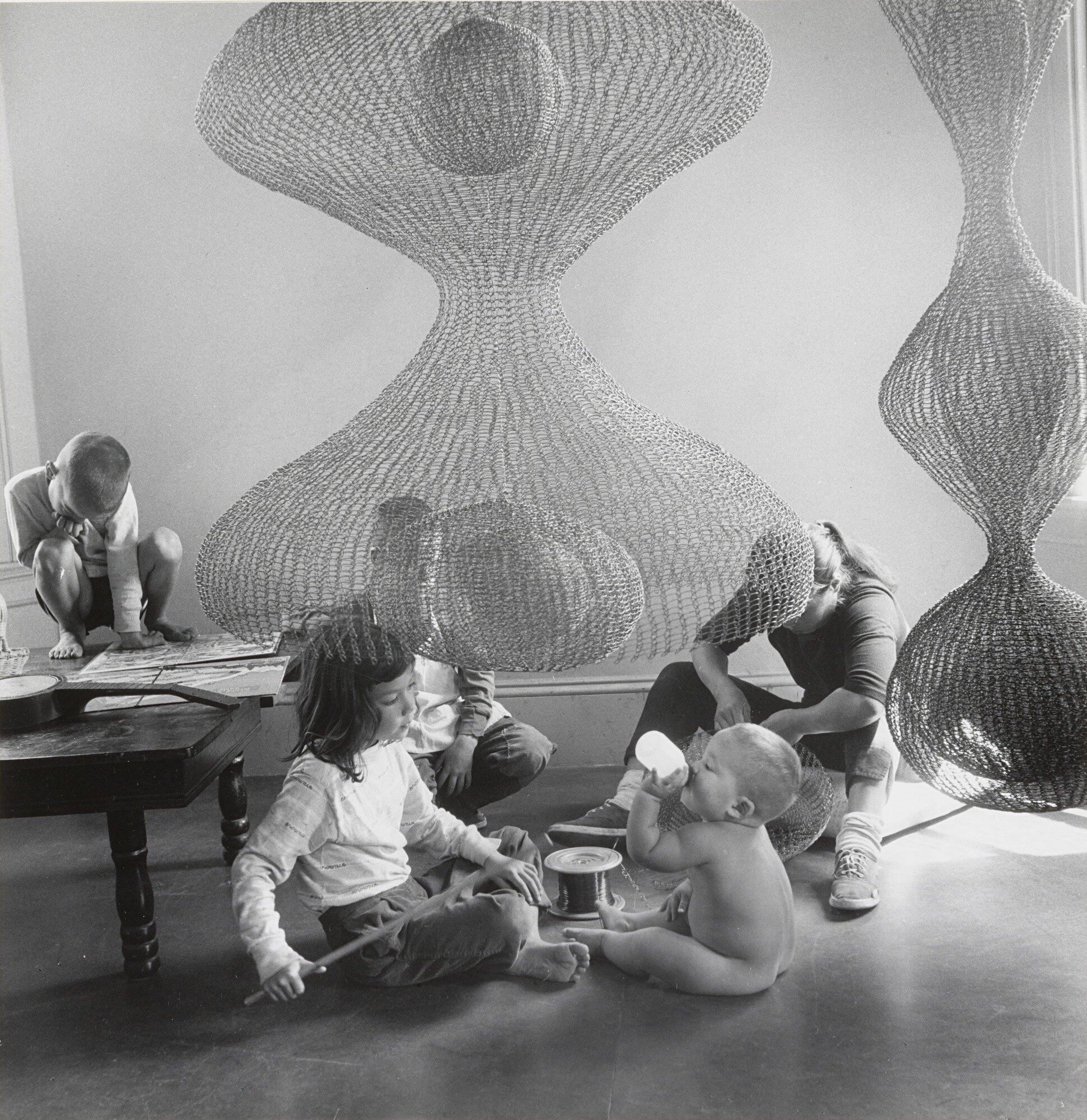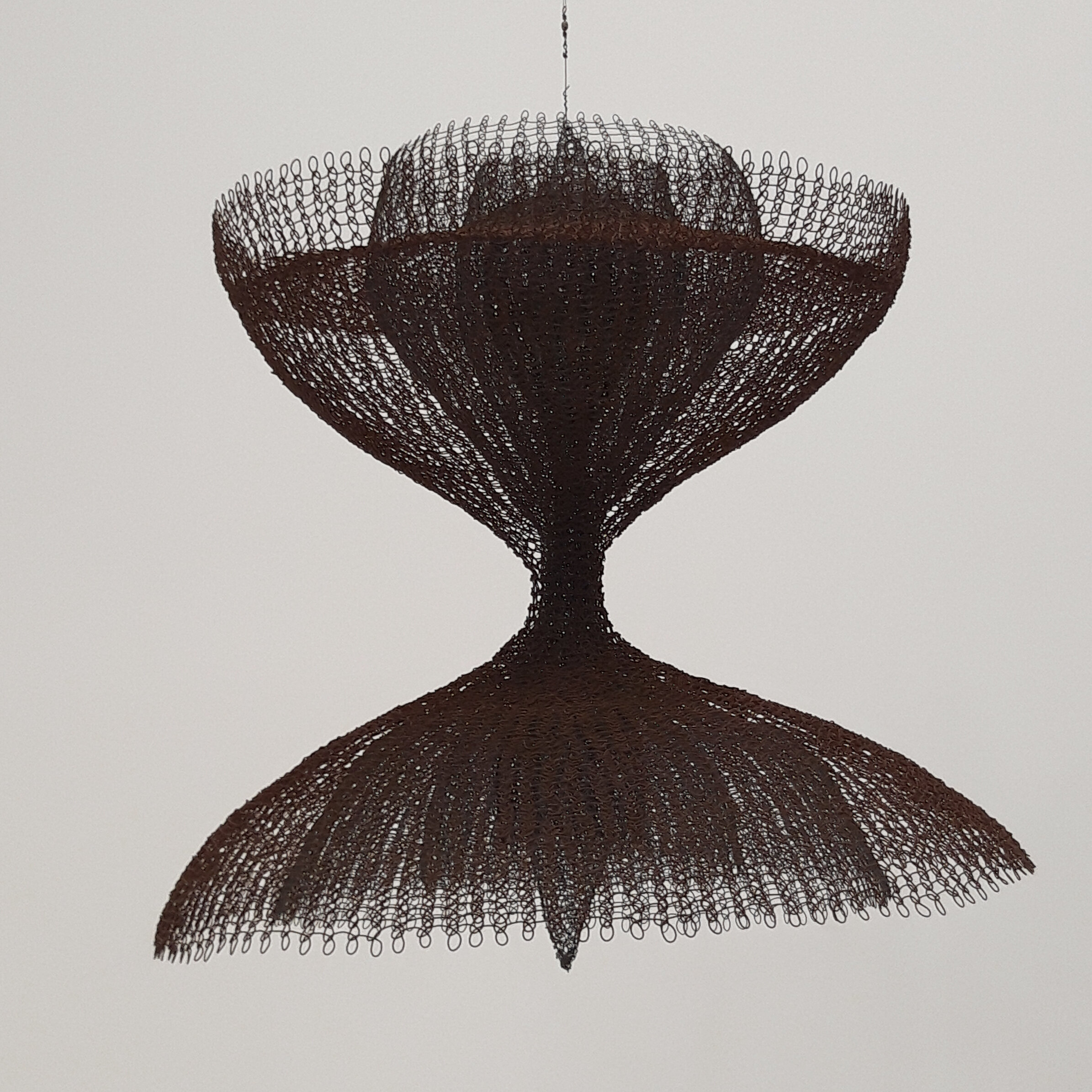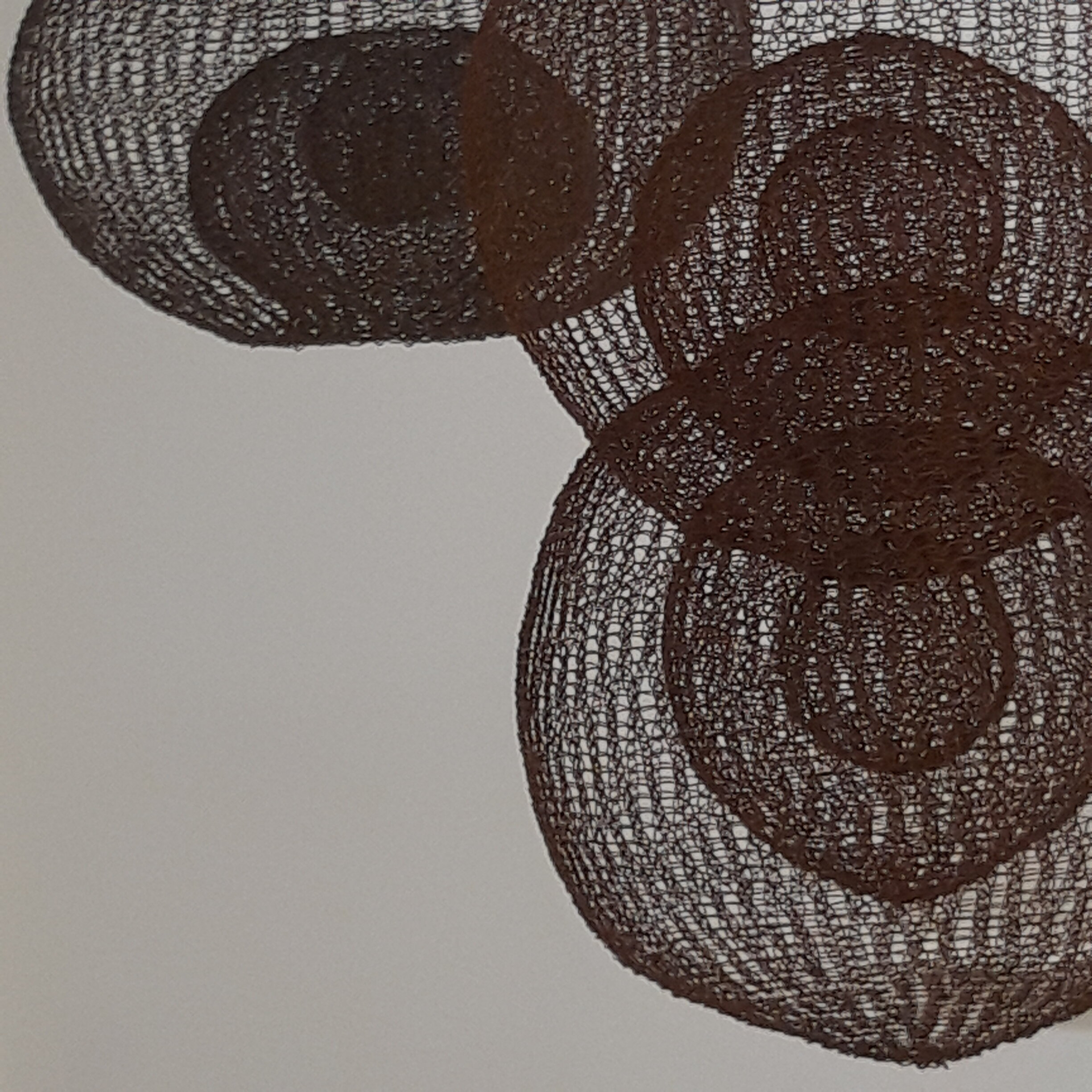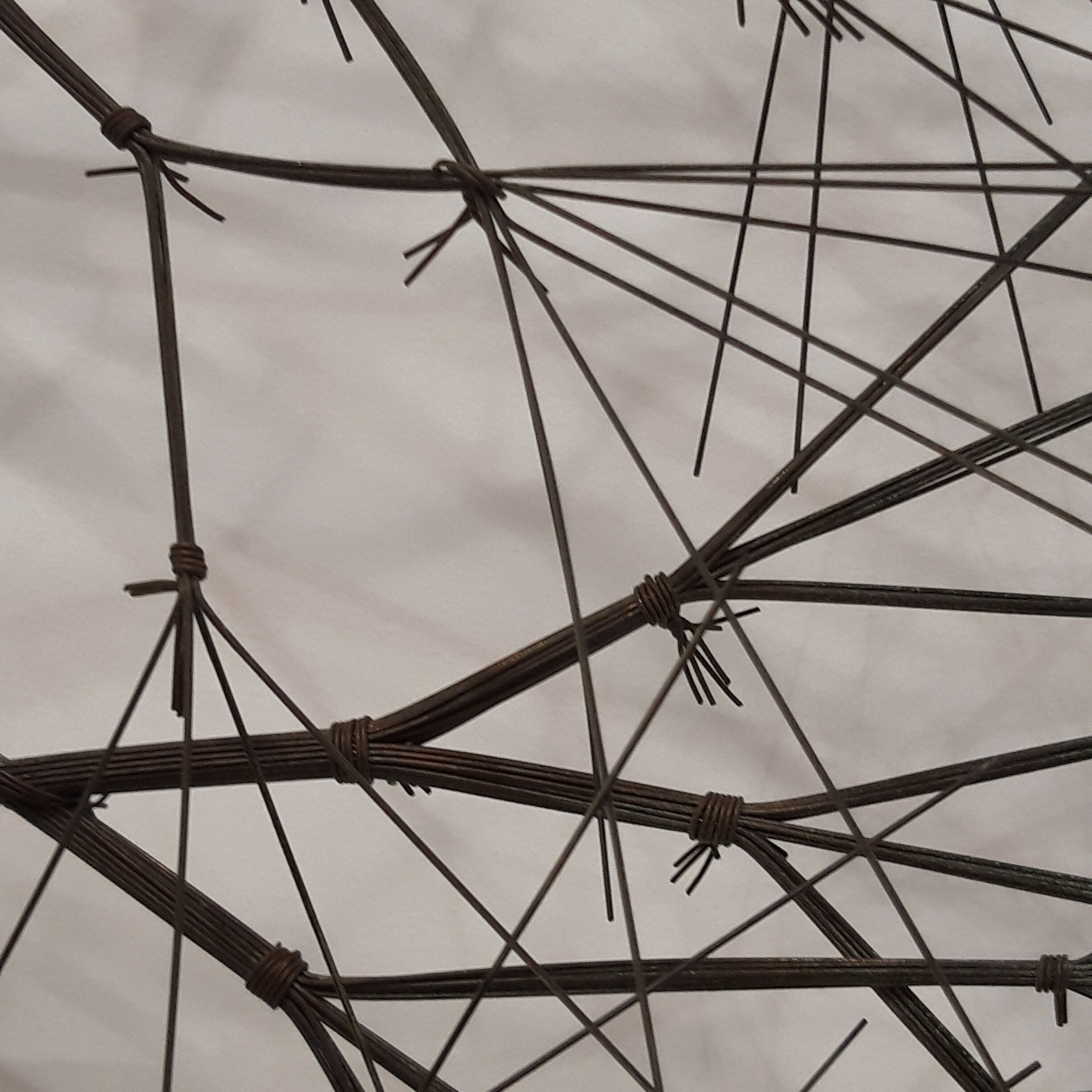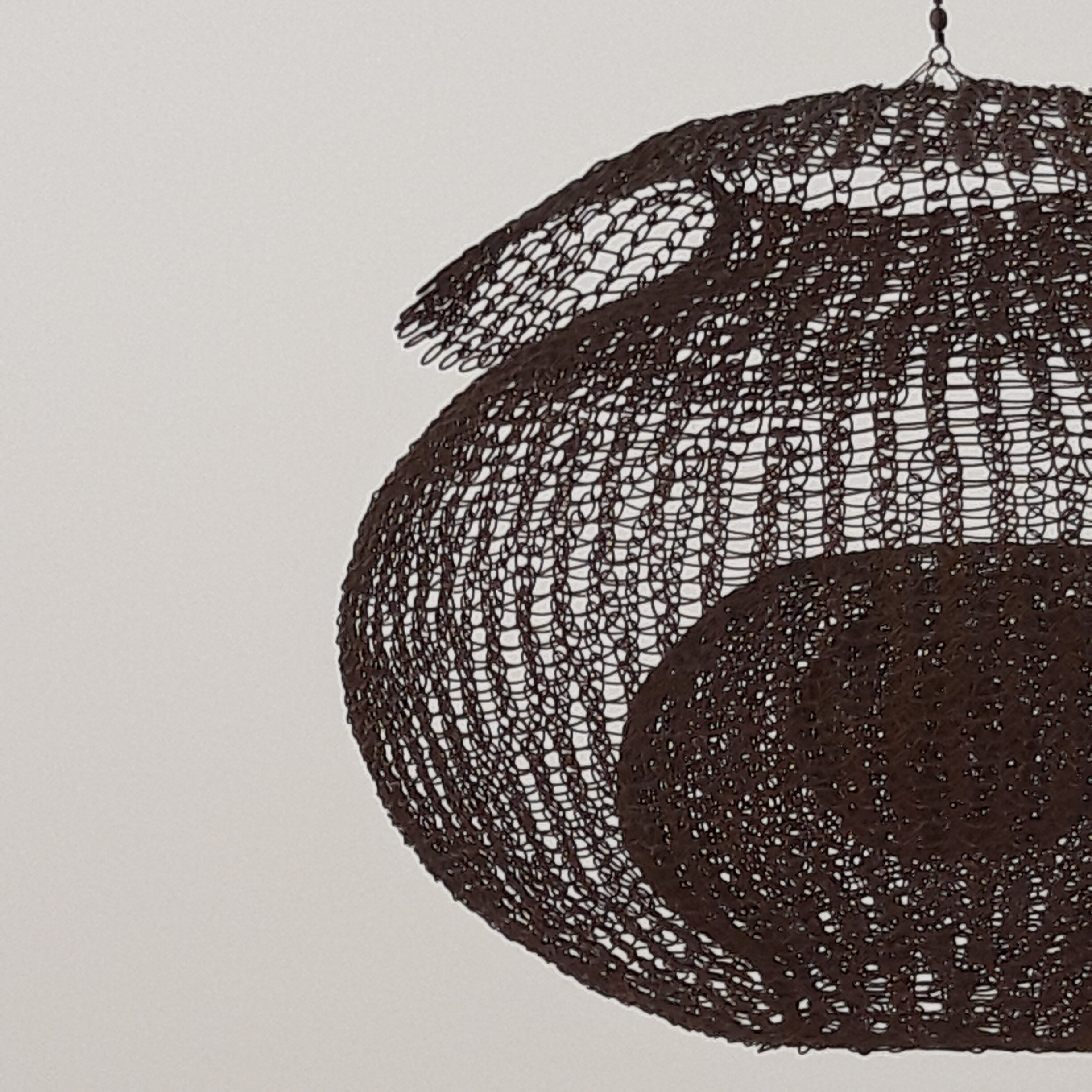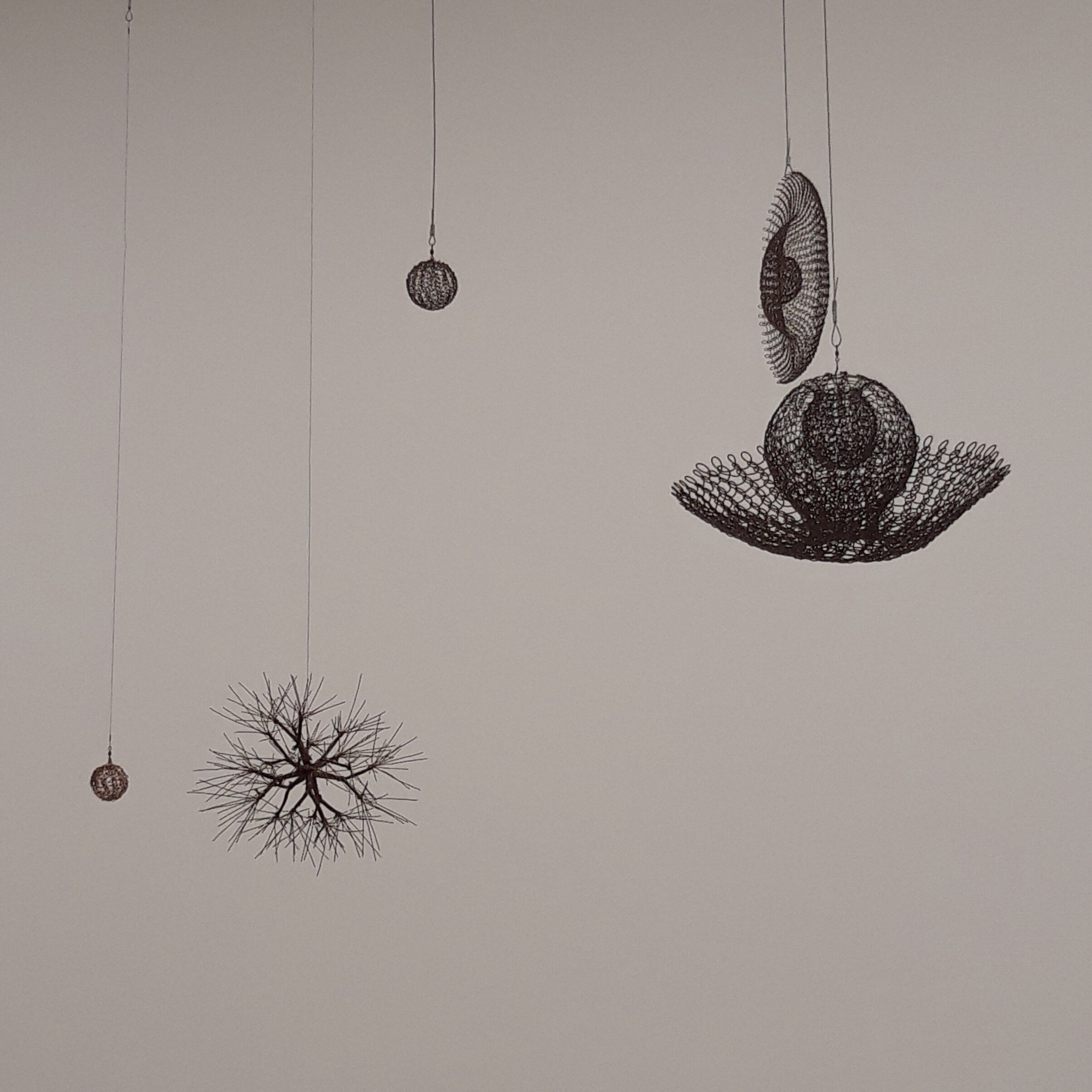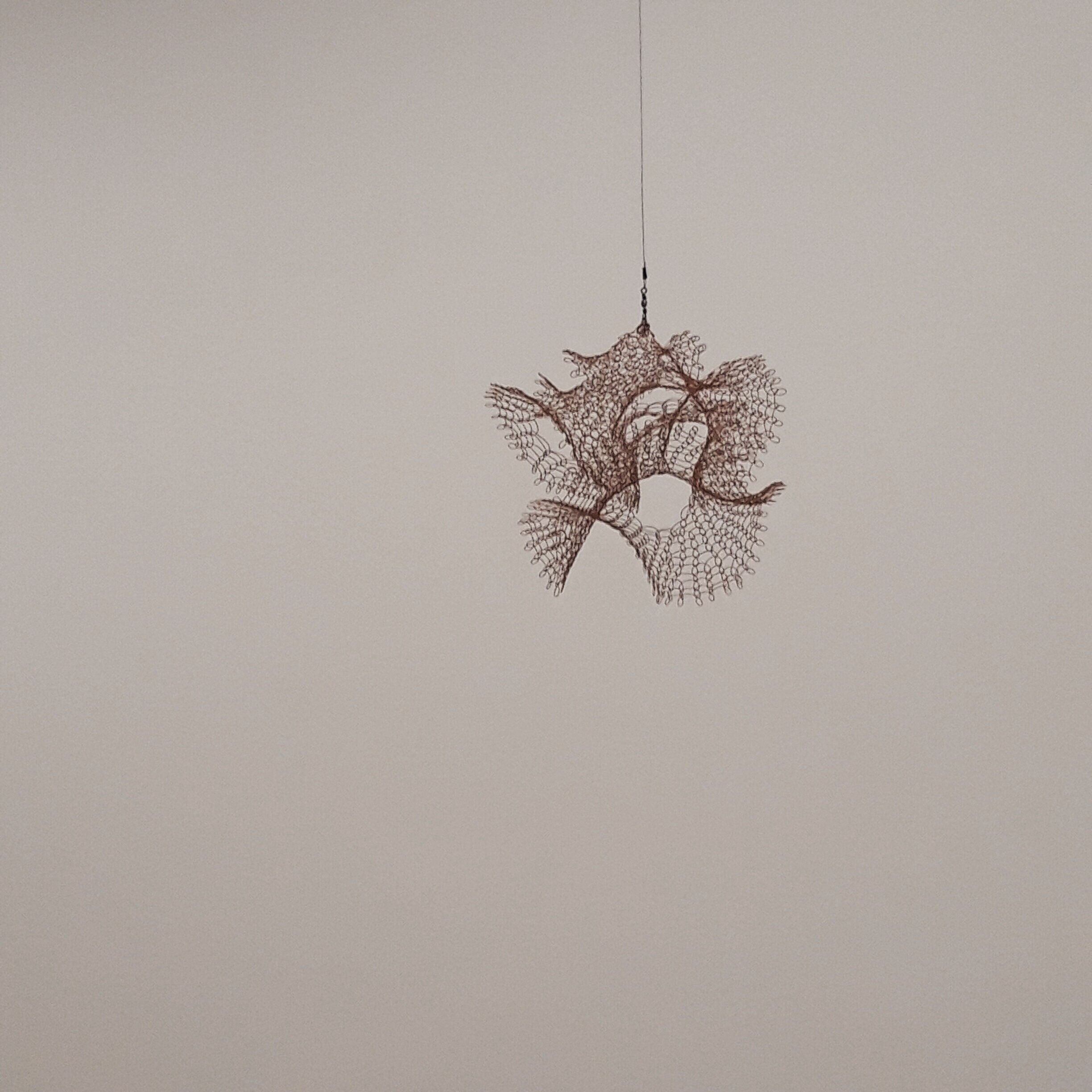The Magical World of Ruth Asawa
Last Saturday, as the storm raged outside and the wind whipped around every London street corner, Peter and I stepped out of the maelstrom and into the wonderfully calm and tranquil world of Ruth Asawa.
The exhibition - ‘Ruth Asawa A Line Can Go Anywhere’ - at the David Zwirner Gallery, represents the largest collection of her work shown in the UK to date.
I first learned about Asawa some years ago whilst doing research on Bauhaus weave icon Anni Albers. Asawa was a pupil at the short-lived but highly influential Black Mountain College in North Carolina in the mid 1940’s. The college boasted both Anni and Josef Albers amongst its staff, alongside Walter Gropius, Buckminster Fuller and many other luminaries. The teaching approach was extremely experimental - to quote Josef Albers:
“We do not always create ‘works of art,’ but rather experiments; it is not our ambition to fill museums: we are gathering experience.”
Photo: NY Times
Asawa thrived at Black Mountain college, but it was a series of difficult circumstances which brought her there. In 1942 when Asawa was in her late teens she and her family along with many other Japanese Americans were detained in an internment camp. Following her release she enrolled on a teacher training programme but continued hostility towards Japanese Americans meant that she could not graduate. Thwarted in her initial plans, in 1946 Asawa applied to Black Mountain College.
A student trip to Mexico in 1947 during which she spent with local wire basketmakers proved pivotal and led to the development of her signature wire-formed sculptures.
The creativity of her approach was immediately apparent - looking back on Asawa’s time at the college, Buckminster Fuller later wrote of her in a reference for the Guggenheim Foundation Fellowship -
“I state, without hesitation or reserve, that I consider Ruth Asawa to be the most gifted, productive, and originally inspired artist that I have ever known personally.”
Photos: right - MOMA
In 1949 Asawa married former fellow-student and architect Albert Lanier, and the couple went on to raise a large family in San Francisco. The images above give a wonderful sense of the richness of her creative, her domestic and her family life.
Asawa continued to explore the signature wire-formed sculptures throughout her career - creating diaphanous and multi-layred interlocking forms which describe a series of volumes. As the press release for the exhibition notes:
“These intricate, dynamic, and sinuous works… continue to challenge notions of sculpture through their emphasis on lightness and transparency…”
And in Asawa’s own words, -
“I was interested in it because of the economy of a line, making something in space, enclosing it without blocking it out. It’s still transparent. I realized that if I was going to make these forms, which interlock and interweave, it can only be done with a line because a line can go anywhere.”
Most of the contemporaneous photographs of Asawa’s work are in black and white - many by her friend Imogen Cunningham. Whilst they give a wonderful sense of the complex structures and forms of the work, it was only when I saw the pieces in the flesh that I was aware of the nuances of colour. Dark oxides and rusts against graphites and treacle tones. You can perhaps get a sense of the colours in the group of images below.
I was also fascinated by the different ways in which Asawa manipulated the wire. In the image above right you see a detail of one of her looped, undulating pieces - spheres within spheres playing with ideas of inside and outside. On the left the same material is treated in a very different way. Here lengths of wire are bundled and tied together in angular shapes, endlessly branching into ultimate single spines or needles of wire.
The scale of the works was also fascinating. Most photographs I had seen show Asawa’s larger pieces - hanging several feet in length. But I found myself most mesmerized by the much smaller-scale work. Watching the delicate, diaphanous shapes moving almost imperceptibly in the space I was reminded of a microcosmic world of tiny creatures…single celled animals - their invisible world revealed under the microscope.
A magical world indeed.
You can read more about Ruth Asawa in the links below:
David Zwirner Gallery
Ruth Asawa
Contemporaneous photos: NY Times, MOMA,

